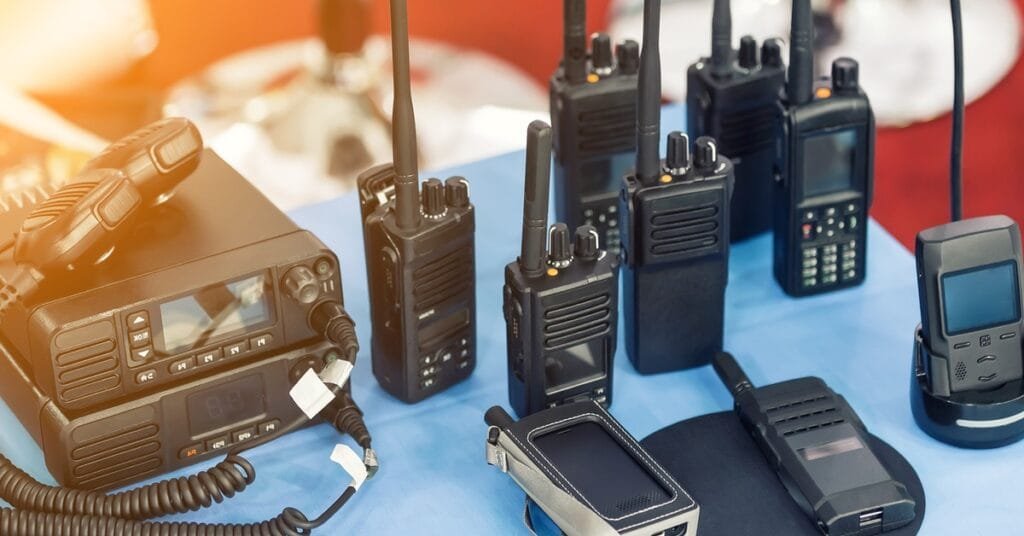Buying used radio equipment can be a smart way to get quality gear at a fraction of the original price. However, making the wrong choice could leave you with gadgets that don’t meet your needs. Whether you’re a ham radio operator, emergency responder, or communications professional, following these steps will help you make a confident purchase.
1. Research the Equipment’s History and Specifications
Before committing to a purchase, thoroughly investigate the model you’re considering. Look up the original manufacturer specifications, including frequency ranges, power output, and connectivity options. This information helps you understand what the equipment is capable of when functioning properly.
Contact the seller to ask about the equipment’s usage history. Find out how often it was used, whether it was operated in harsh environments, and if any modifications have been made. Equipment that spent years in a commercial setting may show more wear than gear used occasionally by a hobbyist. Purchasing used radio equipment requires this level of due diligence to avoid making mistakes.
2. Perform Physical and Functional Examinations
Know the features to inspect when purchasing used radio equipment. Check for obvious signs of damage, such as dents, cracks, or corrosion on the exterior housing. Pay special attention to connectors, switches, and control knobs, as these components tend to wear out quickly.
Request a demonstration of all major functions from the seller. Test the power-on sequence, verify that displays light up properly, and confirm that all buttons and controls respond as expected. In addition, you should listen for unusual noises from cooling fans or other mechanical components. If possible, connect the equipment to appropriate antennas or test loads to verify operation across its intended frequency range.
3. Verify Included Accessories and Documentation
Many radio systems need accessories to function. Make sure you receive all necessary components, such as power supplies, microphones, programming cables, and mounting hardware, from the seller. Keep in mind that missing accessories may be difficult to source later.
Ask the seller to provide documentation, including user manuals, service records, and programming information. Original documentation is invaluable when you need to configure or troubleshoot your equipment. Some sellers may have digital copies if physical manuals are unavailable, so ask about those, too.
Make an Informed Decision
Purchasing used radio equipment requires patience and attention to detail, so complete each of these steps rather than rushing into a purchase. Remember that a slightly higher price for gadgets in good shape is more economical than buying cheap gear that needs immediate repairs. When you find equipment that meets your requirements and passes your inspection, you can purchase with the confidence of knowing you’ve done your homework.
